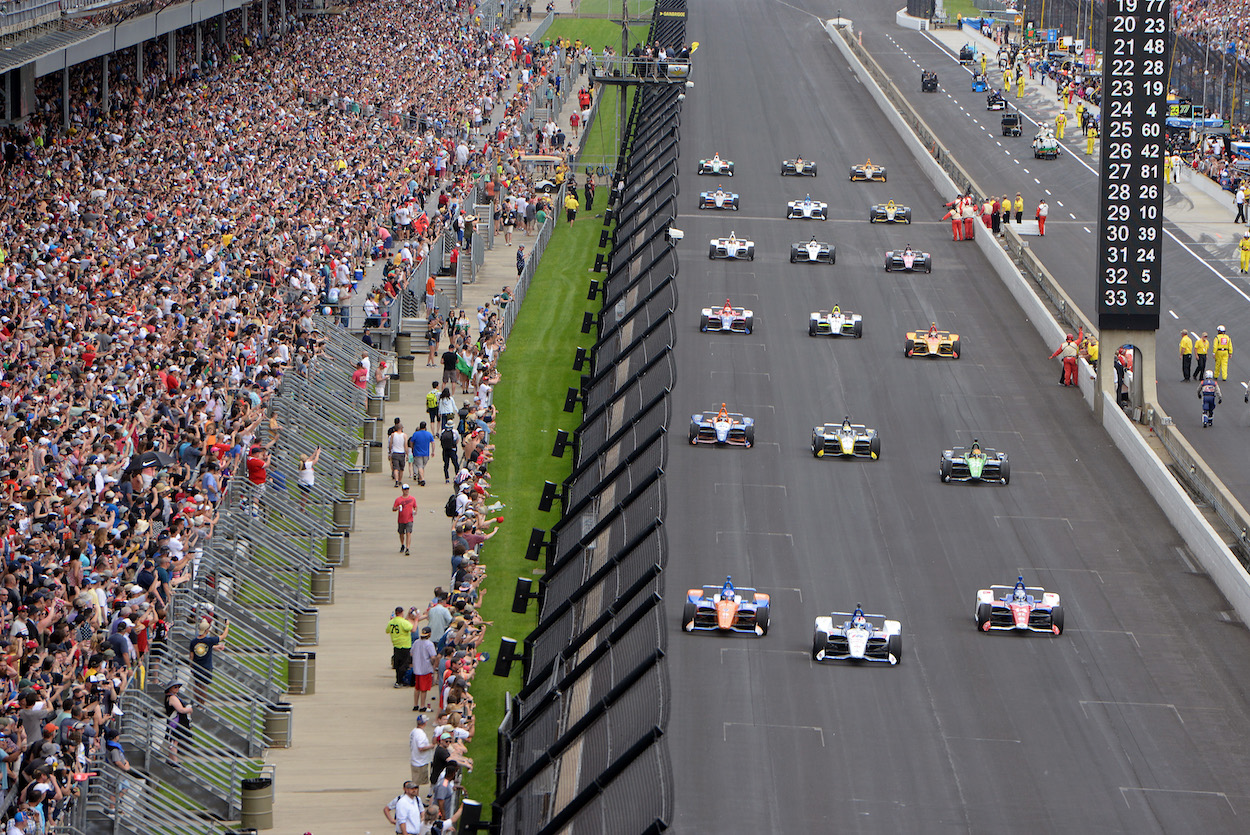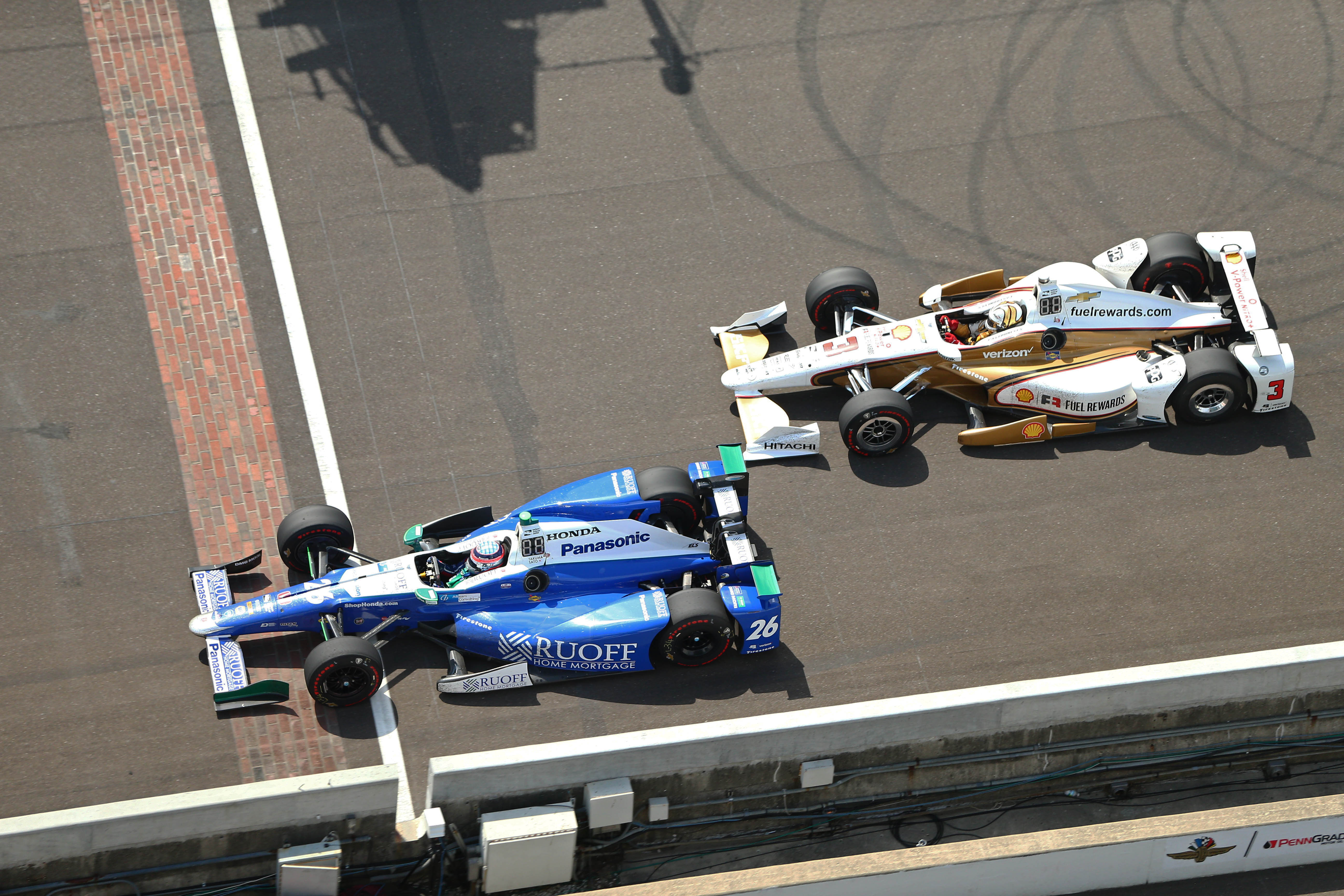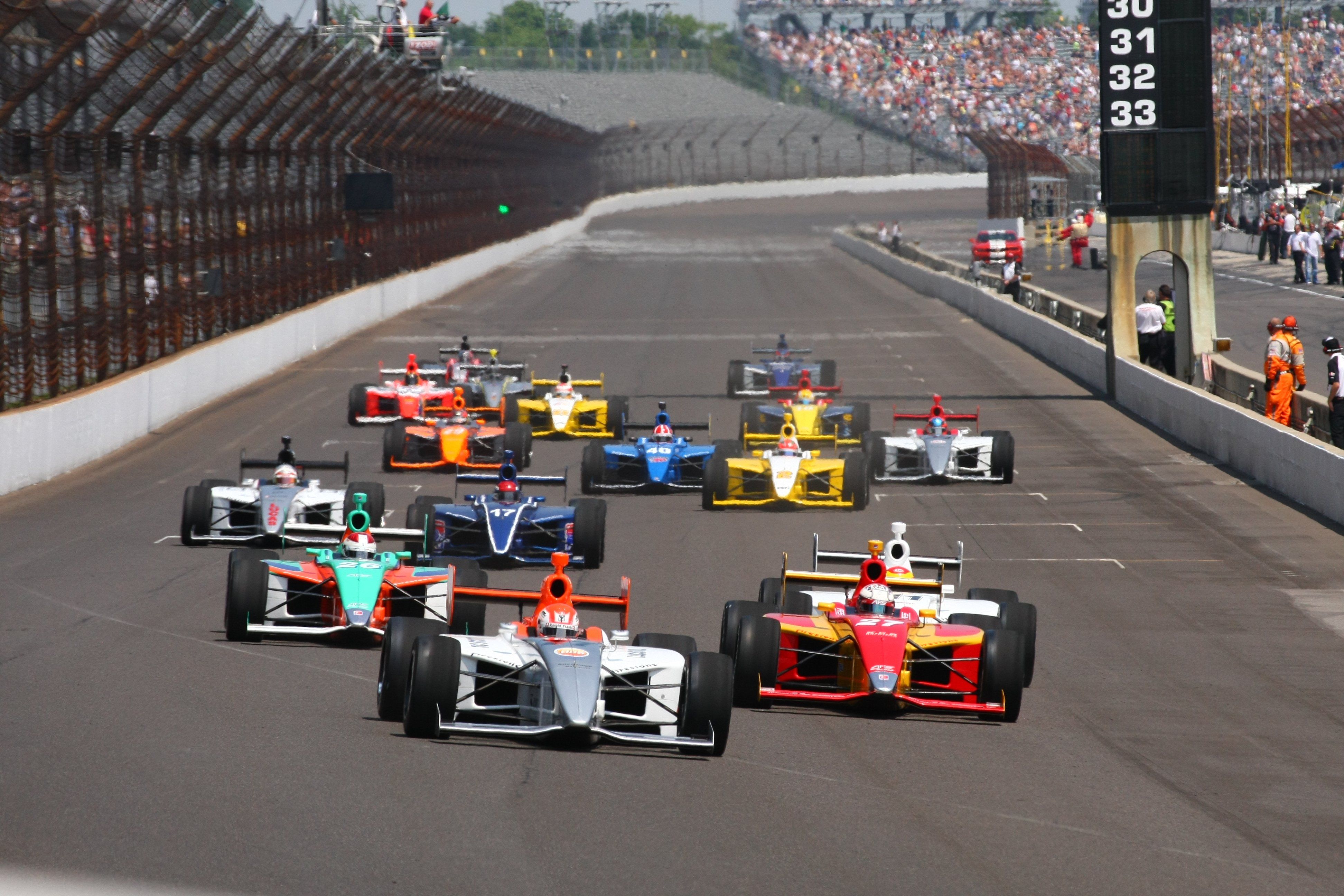Race Day

Is the indy 500 canceled – The Indianapolis 500, known colloquially as “the 500” or “the Indy 500,” is an annual open-wheel car race held at Indianapolis Motor Speedway in the state of Indiana. Considered part of the triple crown of motorsports, it has been run since 1911 and is known for its challenging and dangerous nature, with speeds reaching up to 230 miles per hour. The race is held on Memorial Day weekend and is one of the most prestigious and well-known races in the world.
The race day schedule begins early in the morning with practice and qualifying sessions. The race itself starts at 12:00 pm EST and typically lasts for about three hours. The race is run on a 2.5-mile oval track, and drivers must complete 200 laps to win. The race is known for its close competition and frequent crashes, making it one of the most exciting and unpredictable races in the world.
Unique Challenges and Excitement
The Indy 500 is one of the most challenging races in the world. The high speeds and close competition make it a dangerous race for drivers. The race is also known for its unpredictable weather, which can make it even more difficult. Despite the challenges, the Indy 500 is also one of the most exciting races in the world. The close competition and the possibility of a crash make it a race that keeps fans on the edge of their seats.
While the question of whether the Indy 500 is canceled remains unanswered, speculation about who’s winning the Indianapolis 500 continues to swirl. Check out who’s winning the indianapolis 500 for the latest updates on the drivers and teams in contention.
Stay tuned for more news on the status of the Indy 500.
History and Significance, Is the indy 500 canceled
The Indy 500 was first run in 1911 and has been held every year since, except for during World War I and World War II. The race is one of the most prestigious in the world and is considered one of the triple crown of motorsports, along with the Monaco Grand Prix and the 24 Hours of Le Mans. The Indy 500 has been won by some of the greatest drivers in history, including A.J. Foyt, Mario Andretti, and Rick Mears.
Qualifying: Is The Indy 500 Canceled

The Indy 500 qualifying process is a multi-stage event that determines the starting grid for the race. It begins with a series of practice sessions, during which drivers familiarize themselves with the track and make adjustments to their cars.
The qualifying process itself is divided into two rounds. In the first round, each driver makes four timed laps of the track. The average speed of these laps determines their starting position for the second round.
Bump Day
The second round of qualifying, known as Bump Day, is a single-lap shootout. The drivers who qualified in the top 30 positions in the first round are guaranteed a spot in the race. The remaining drivers must compete for the final nine spots on the grid.
On Bump Day, the drivers who did not qualify in the first round make one final attempt to qualify for the race. The fastest nine drivers will earn a spot on the grid, while the remaining drivers will be eliminated.
Qualifying well is important for several reasons. First, it gives drivers a better chance of winning the race. Drivers who start near the front of the field have a clear advantage over those who start at the back.
Second, qualifying well can give drivers a psychological boost. Drivers who know they have a fast car are more likely to be confident and aggressive on race day.
Finally, qualifying well can help drivers earn more money. Drivers who finish in the top 10 positions in the race earn a larger share of the prize money.
Track and Safety

The Indianapolis Motor Speedway is a 2.5-mile oval track located in Speedway, Indiana, just west of Indianapolis. It is considered one of the most iconic and challenging tracks in the world of motorsports.
The track’s unique design presents drivers with several challenges. The most notable is the high speeds that cars reach on the straightaways. The track’s long straights allow cars to reach speeds of over 230 miles per hour, which puts a great deal of stress on the drivers and their cars.
Another challenge is the track’s tight corners. The four turns on the track are all banked at a steep angle, which helps cars maintain their speed through the corners. However, the banking also makes it difficult for drivers to control their cars, and it can lead to accidents if they are not careful.
To ensure the safety of the drivers, the Indianapolis Motor Speedway has implemented a number of safety measures.
Catch Fencing
The catch fencing is a series of steel fences that are placed around the track to catch cars that go off course. The fencing is designed to absorb the impact of a car and prevent it from flying into the stands or other areas where spectators are present.
SAFER Barriers
SAFER barriers are a type of energy-absorbing barrier that is used in motorsports. The barriers are made of a honeycomb material that collapses when it is struck by a car, which helps to reduce the impact force. SAFER barriers are used in all of the turns at the Indianapolis Motor Speedway.
Medical Facilities
The Indianapolis Motor Speedway has a state-of-the-art medical center that is staffed by a team of experienced doctors and nurses. The medical center is equipped with the latest medical equipment and is capable of handling any type of injury that may occur during a race.
In addition to these physical safety measures, the Indianapolis Motor Speedway also uses technology to enhance safety. The track has a data analytics system that collects data from every car on the track. This data is used to identify potential safety hazards and to develop new safety measures.
The track also has a driver training simulator that allows drivers to practice driving on the track without having to risk their lives. The simulator is used to teach drivers how to handle the track’s unique challenges and to help them develop the skills they need to race safely.